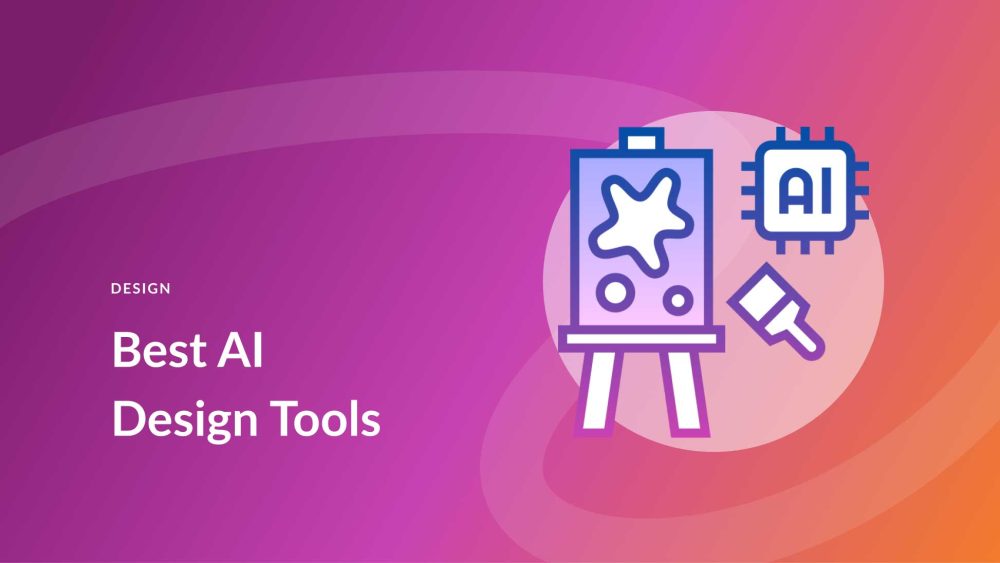The adoption of artificial intelligence (AI)-powered design tools has been increasing rapidly in recent years, transforming the operational landscape of creative industries. These tools, driven by AI, possess the capability to analyze data, learn from it, and make decisions based on that data. Consequently, designers and artists have experienced a significant shift in their workflow, as AI can now assist with tasks that were previously time-consuming and labor-intensive.
AI-powered design tools have proven to be instrumental in streamlining the design process, enabling creatives to meet tight deadlines. Furthermore, these tools can analyze large datasets, identifying patterns that inform design decisions and create more targeted and effective visual content. The increasing accessibility of AI technology has also fueled the emergence of such tools.
How AI is Transforming the Creative Process
AI-Generated Design Concepts
AI-powered design tools can analyze vast amounts of data, identifying trends and patterns that inform the creation of visual content. This has opened up new possibilities for designers and artists, allowing them to explore innovative concepts and push the boundaries of traditional design practices.
Automation of Repetitive Tasks
AI has played a crucial role in automating repetitive tasks in the creative process. Tasks such as image editing, color correction, and layout design can be time-consuming and tedious for designers and artists. AI-powered design tools have the ability to automate these tasks, allowing creatives to focus on more strategic and high-level aspects of their work. This not only saves time and effort but also enables designers and artists to produce higher quality work more efficiently.
Personalization of Visual Content
AI has also revolutionized the way visual content is personalized and targeted to specific audiences. By analyzing user data and behavior, AI-powered design tools can create personalized visual content that resonates with individual preferences and interests. This level of personalization has the potential to significantly enhance the effectiveness of visual content in marketing and communication, as it can better engage and connect with target audiences.
The Impact of AI on Graphic Design and Visual Arts
The impact of AI on graphic design and visual arts has been profound, reshaping the way designers and artists approach their work. One of the key ways in which AI has impacted graphic design is through its ability to generate design concepts and ideas. AI-powered design tools can analyze data from various sources, such as social media trends, user behavior, and market research, to identify patterns and insights that can inform the creation of visual content.
This has opened up new possibilities for graphic designers, allowing them to explore innovative concepts and create more targeted and effective visual content. AI has also had a significant impact on the way visual arts are created and consumed. With the rise of AI-powered design tools, artists have been able to experiment with new techniques and styles that were previously inaccessible. You can check out such AI-powered design tools with attractive discounts at Bountii.
Advantages and Limitations of AI in Creative Industries
AI offers both benefits and drawbacks for creative industries. It can streamline design processes. AI tools automate tasks, analyze data, and generate design ideas, boosting efficiency. This frees designers to focus on higher-level work. AI can also enhance creativity by providing data-driven insights. However, AI might lead to less original designs. There’s also concern about ethical issues like data privacy, algorithmic bias, and intellectual property rights.
The Future of AI-Powered Design Tool
AI-powered design tools are rapidly evolving. They will significantly impact how designers and artists work. Machine learning will be a major factor in this evolution. As machine learning improves, AI design tools will better analyze data, learn from it, and make informed decisions. This will help designers create more effective visual content.
These tools will also become more accessible to everyone. This will democratize design, allowing more people to use AI for their projects. Additionally, advancements in AR and VR will influence AI design tools. These technologies will open new possibilities for creating immersive experiences. Designers can experiment with fresh mediums and explore new design boundaries.
Ethical Considerations in AI-Driven Creativity
Data Privacy and Security
As AI-powered design tools rely on large amounts of data to analyze trends and patterns, there is a concern about how this data is collected, stored, and used. It is important for designers and artists to be mindful of data privacy regulations and ensure that they are using data responsibly and ethically.
Bias in Algorithms
There are also concerns about bias in algorithms used in AI-powered design tools. As algorithms are trained on large datasets, there is a risk that they may perpetuate biases present in the data. This can have significant implications for the diversity and inclusivity of visual content created using AI-powered design tools. It is important for designers and artists to be aware of these biases and take steps to mitigate them in their work.
Intellectual Property Rights
AI is increasingly involved in design. This raises questions about ownership of AI-created designs. Designers must understand ownership when using AI tools. They should avoid infringing on others’ intellectual property. AI tools have transformed creative industries. However, human creativity remains essential in shaping visual content. Designers using AI must consider ethical implications and use AI responsibly.
Check out more AI tool.
Elevate Guest Experience with RoomGenie
🚀 Check out NewsGenie – Your AI consultant
